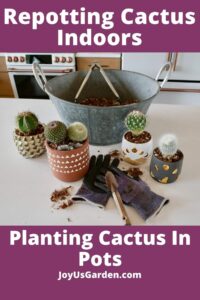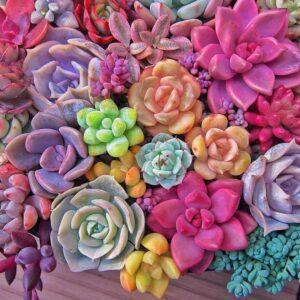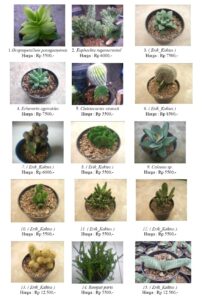Agave plants, renowned for their striking architectural forms and resilience, have become increasingly sought after in horticultural circles and landscaping projects alike. The query of how much agave costs often arises amidst discussions about its practicality and aesthetic allure. Understanding the financial implications of acquiring these remarkable plants requires a nuanced exploration of various factors that contribute to their value.
First, let’s delve into the myriad of elements that influence the pricing of agave plants. From species diversity to cultivation practices, the cost can fluctuate significantly based on several parameters.
Species Variety: The Price Spectrum of Agave Plants
Not all agave plants are created equal. The value of any specific type can vary widely based on size, rarity, and visual appeal. Common agave species, such as Agave americana and Agave parryi, are often more affordable, with prices typically ranging from $5 to $50 for a mature specimen. However, more uncommon varieties, like Agave victoriae-reginae or Agave tequilana, can command prices upwards of $100 to several hundred dollars depending on their size and condition. The intricate patterns and shapes unique to each species add a layer of exclusivity, driving the desirability and subsequently the cost. Collectors often seek out rare types to enhance their gardens, pushing markets to align prices with scarcity.
Size Matters: Dimensions and Development Stages
The size of an agave plant plays a pivotal role in its pricing structure. Small pups, or seedlings, are generally more budget-friendly, usually ranging from $3 to $20. In contrast, larger specimens that have reached a more mature growth stage can fetch premium prices. For example, a well-established agave that boasts a diameter of two feet or more might retail for $100 to $300. Gardeners willing to invest in larger agaves often do so to make a bold statement in their landscapes. These voluptuous, succulent giants not only impress with their stature but also contribute to garden biodiversity, offering food sources for various pollinators.
Geographical Influence: Where You Buy Matters
The commercial landscape of agave also varies significantly by region. Retailers located in horticultural hubs or areas with a predisposition for xeriscaping often showcase a broader selection and more competitive pricing. On the other hand, regions where agave is less common may see inflated prices due to shipping costs and the rarity of the plants. Additionally, local nurseries may charge a premium for cultivating plants in-house, which often ensures healthier specimens tailored to the specific climate. Buyers seeking cost-effective options might consider purchasing through online marketplaces or specialty nurseries, which can provide better pricing and selection. However, caution is advised when shopping online; inspect seller reviews and plant quality to avoid disappointment.
Cost vs. Value: Understanding the Investment
When assessing the cost of agave, it’s crucial to consider the long-term benefits these plants provide—both ecological and aesthetic. Agave is a remarkably drought-tolerant plant. For homeowners in arid regions, this characteristic translates to significant savings on water bills and maintenance costs. Moreover, agaves contribute to a low-maintenance garden, making them appealing to busy homeowners or those new to gardening.
The aesthetic allure of agave cannot be overstated. With their lustrous leaves ranging from deep green to striking blue-gray, they serve as focal points in landscapes. The spiky symmetry of their rosettes creates a sense of structure, offering contrast to softer foliage from neighboring plants. As the agave matures, it often produces tall flower spikes that add height and drama to any garden. These striking inflorescences are not only attractive to the ocular senses but are also a boon for local wildlife, drawing in bees and hummingbirds.
Utility and Versatility: Beyond Ornamental Use
In addition to their ornamental value, agaves serve myriad practical uses. The most famous is the production of tequila, which comes from the heart of the Agave tequilana. This economic impact can also elevate the perceived value of the plant. Furthermore, certain species are utilized for their fibers, which can be spun into durable materials, adding a functional element that enhances the plant’s worth.
Ultimately, as you contemplate the purchase of an agave plant, it’s essential to weigh the initial price against the potential value in both aesthetics and utility. An agave is more than a mere plant; it is an investment that can elevate the visual charm of your landscape while offering environmental benefits and utility.
In conclusion, the cost of agave reflects a confluence of factors including species rarity, size, geographical location, and long-term benefits. With the right selection, an agave plant can enrich any garden, ushering both beauty and practicality into the home landscape. To cultivate an agave is to foster a living testament to nature’s resilience and artistry—a decision that transcends mere expense and speaks to a deeper appreciation for the botanical world.




Leave a Comment